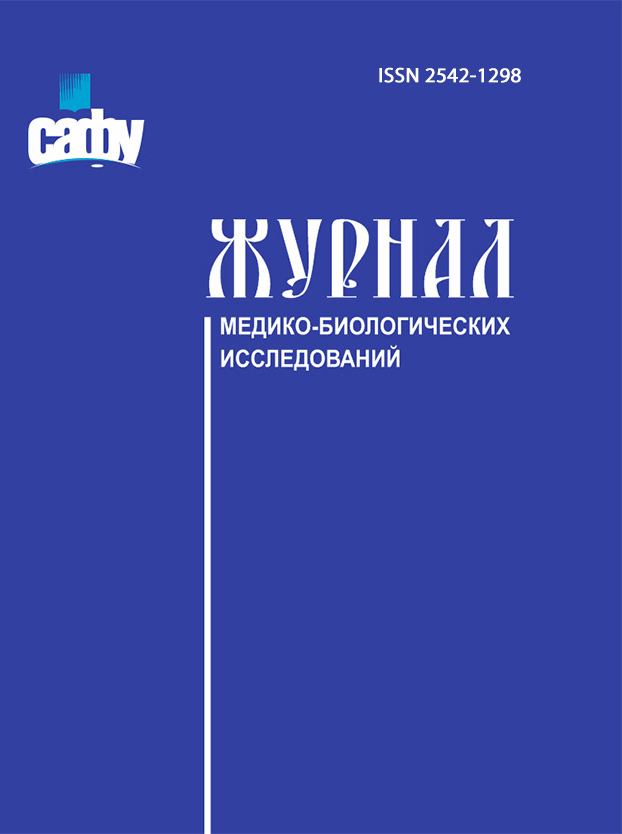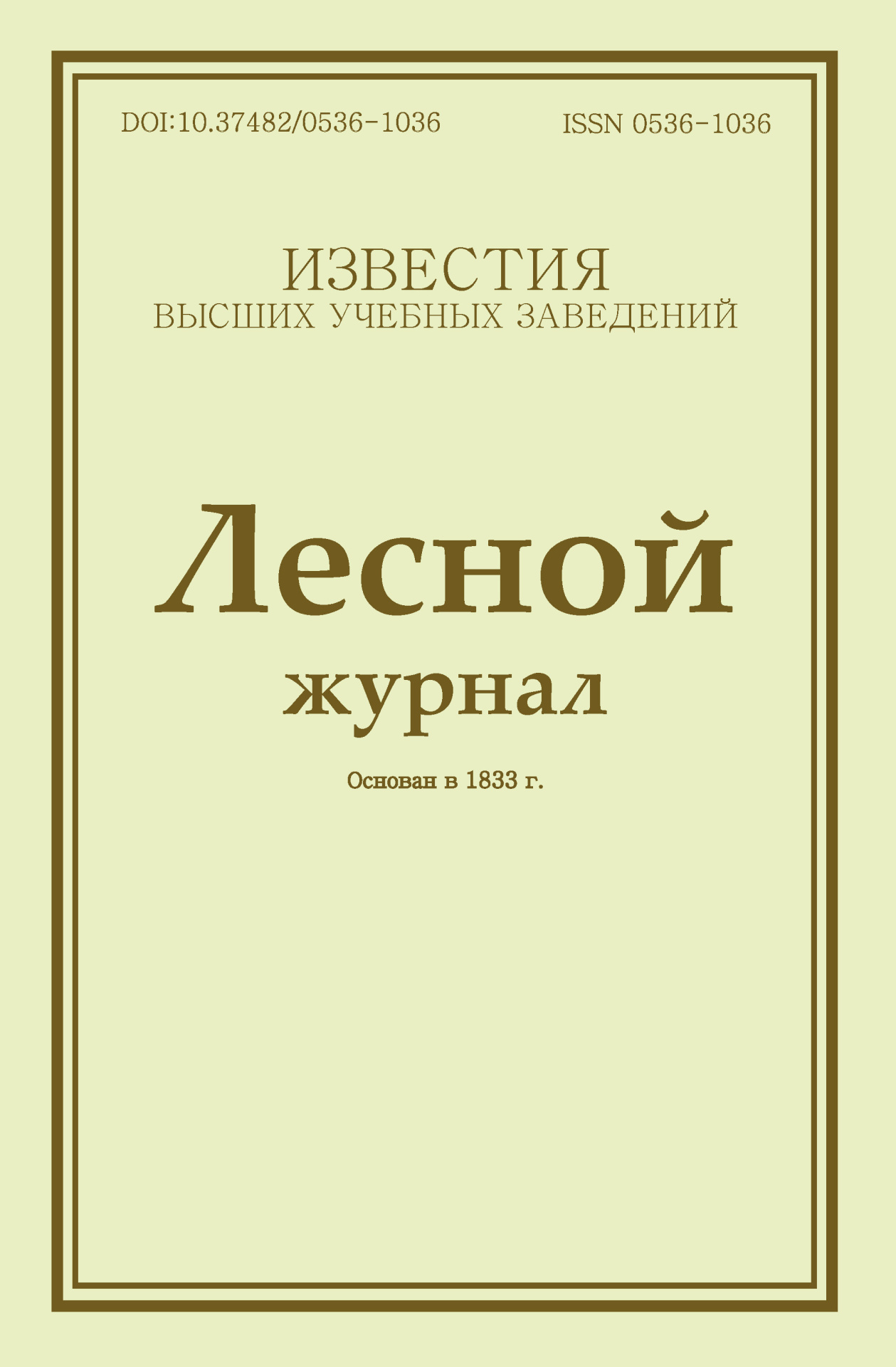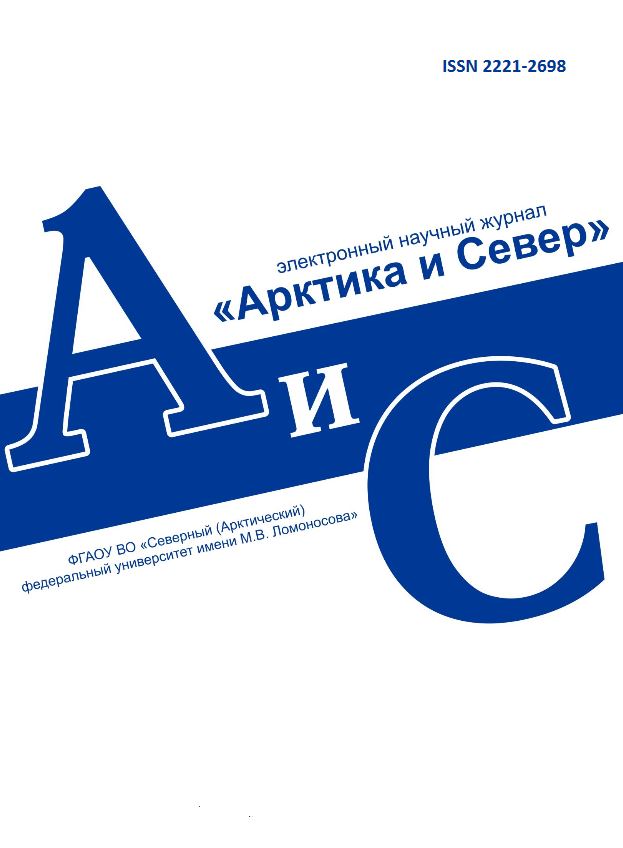
Vestnik of Northern (Arctic) Federal University.
Series "Humanitarian and Social Sciences"
ISSN 2227-6564 e-ISSN 2687-1505 DOI:10.37482/2687-1505
Legal and postal addresses of the founder and publisher: Northern (Arctic) Federal University named after M.V. Lomonosov, Naberezhnaya Severnoy Dviny, 17, Arkhangelsk, 163002, Russian Federation Editorial office address: Vestnik of Northern (Arctic) Federal University. Series "Humanitarian and Social Sciences", 56 ul. Uritskogo, Arkhangelsk
Phone: (8182) 21-61-20, ext. 18-20 ABOUT JOURNAL |
Section: History Download (pdf, 0.5MB )UDC94(47).084.3:351.741(470.40/.43)DOI10.37482/2687-1505-V418AuthorsRashit A. Mukhamedov*Dr. Sci. (Hist.), Prof., Prof. at the History Department, Ulyanovsk State University of Education (address: pl. Lenina 4/5, Ulyanovsk, 432071, Russia). e-mail: rasit56@mail.ru*, ORCID: https://orcid.org/0000-0001-6181-3249 Maksim V. Chigrin Cand. Sci. (Hist.), Local Historian at Ulyanovsk State University of Education (address: pl. Lenina 4/5, Ulyanovsk, 432071, Russia). e-mail: maksim-chigrin@mail.ru, ORCID: https://orcid.org/0000-0002-1006-5524 AbstractThe article examines the policy of the Russian Communist Party (Bolsheviks) on staffing and further retention of police personnel in the Middle Volga region (Simbirsk, Samara, Kazan and Penza provinces) in 1917–1922. This was a most difficult period when, against the backdrop of regular military clashes and anti-Soviet rebellions, the fragility of the Bolshevik power both on the national scale and locally led to an increase in the crime rate and a wide spread of various forms of deviant behaviour. Studying the experience of party bodies and the police in the implementation of personnel policy will be useful for the Russian government in the development and subsequent introduction of reforms in the law enforcement system. The paper applied a set of general scientific and specific historical principles and methods of research, including descriptive-narrative, problem-chronological, comparative historical, and historical-systematic methods as well as statistical analysis. The authors turned to periodical press materials and documents from regional archives (Central State Archives of the Samara Region, National Archives of the Republic of Tatarstan, State Archives of the Penza Region, State Archives of the Ulyanovsk Region, and State Archives of the Modern History of the Ulyanovsk Region). Changes in the number of police officers were studied, the level of material and technical support and funding of the police was determined, crime prevention activities of police and criminal investigation officers were examined, and the reasons behind the increase in official misconduct among police officers were identified. Further, attention was given to the establishment of the education system, including schools and courses as well as other types of training for police personnel. The authors came to the conclusion that despite significant problems within the police, the latter had been one of the effective instruments in law enforcement and made a significant contribution to maintaining law and order and strengthening Soviet power.KeywordsSoviet state, Middle Volga region, establishment of the Soviet police, Soviet police, personnel policy, law enforcement, material support for police officersReferences
|
Make a Submission
INDEXED IN:
|
Продолжая просмотр сайта, я соглашаюсь с использованием файлов cookie владельцем сайта в соответствии с Политикой в отношении файлов cookie, в том числе на передачу данных, указанных в Политике, третьим лицам (статистическим службам сети Интернет).






